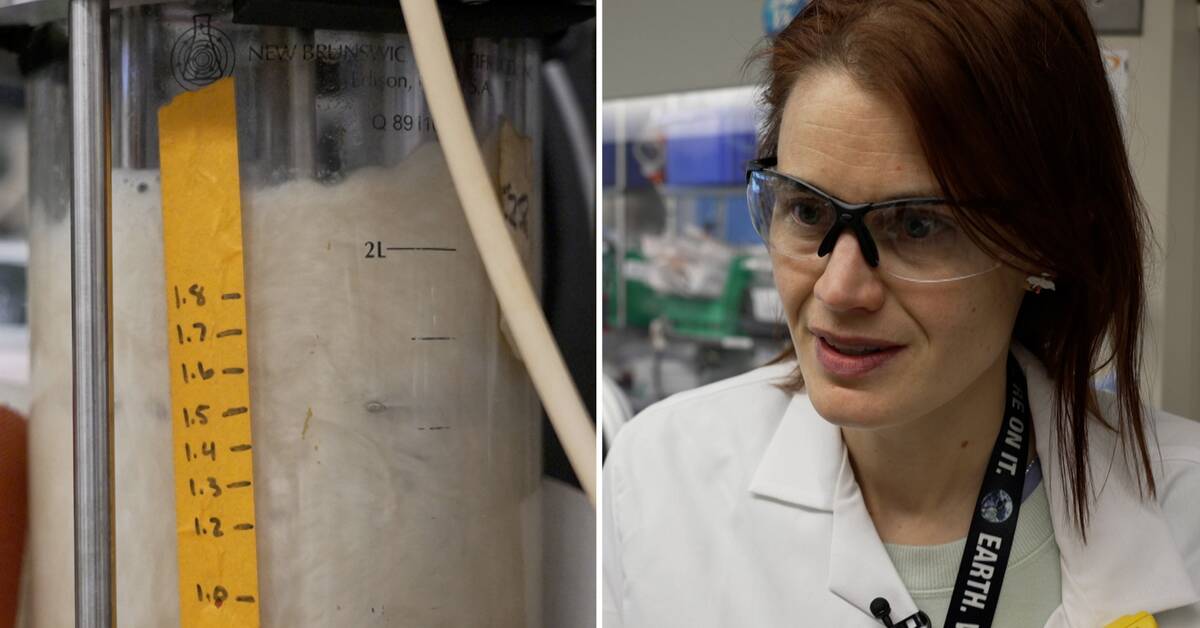"It's modern alchemy - that works," describes Freya Burton, head of sustainability at Lanzatech, the technology they use to convert greenhouse gas emissions into new fuels.
The process begins with capturing carbon dioxide from the air or at the emission source.
It is then mixed with hydrogen, which gives the carbon atoms "new life" so that they can be used as fuel again.
The energy source is electricity (hydrogen is made with water and electricity), which is why it is called electric fuel.
- Here, carbon dioxide is captured directly from the air, instead of going through the forest, plants or animals that have captured it, explains the airline BRA's sustainability manager Maria Fiskerud.
May be of great importance in the future
She has high hopes for this technology because bio-raw materials are not enough to replace all fossil aviation fuel.
Electric flights are admittedly only a few years away, but at first it will not take us further than a maximum of 400 km.
Using hydrogen as a fuel directly is also an option.
But it is space-consuming and new aircraft and new infrastructure are needed to refuel.
Fossil-free fuel in liquid form is therefore most practical.
You can basically use the engines that are already on the field, and refuel as usual.
"Large-scale production required in Sweden"
The aviation industry's global goal is net zero emissions by 2050. In Sweden, the goal is for domestic aviation to be fossil-free by 2030. But only about one percent of biofuel is refueled today.
And most routes will have an internal combustion engine by 2030, so how do you get up to 100 percent fossil-free in just under eight years?
- It is required that we get a large-scale production in Sweden, Swedavia's sustainability manager Lena Wennberg answers.
And then it's electric fuel that more and more people are looking at.
Among others, Vattenfall, which has joined forces with Shell and Lanzatech to build a plant in Forsmark that will take carbon dioxide from a heating plant in Uppsala to produce fossil-free aviation fuel that SAS, which is also involved in the project, can refuel the plan with.
Cheaper over time
But today, biofuel is about four to five times more expensive than refueling the planet fossil.
The flight ticket will be approximately SEK 300 more expensive per flight hour.
Electric fuels are at least as expensive.
In the beginning anyway.
- We are convinced that prices will fall over time, as both demand and supply of sustainable fuel increase, says SAS's Communications Director Karin Nyman.
Lanzatech's CEO Jennifer Holmgren is on the same track.
- If we are willing to continue investing in these technologies, then by the end of this decade we can have sufficient quantities of fossil-free fuel at competitive prices.

